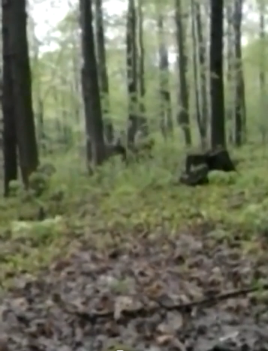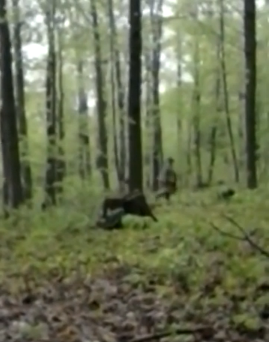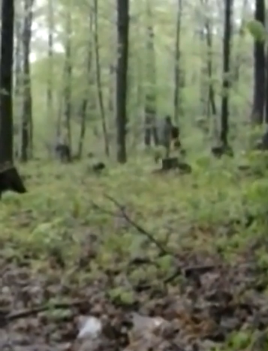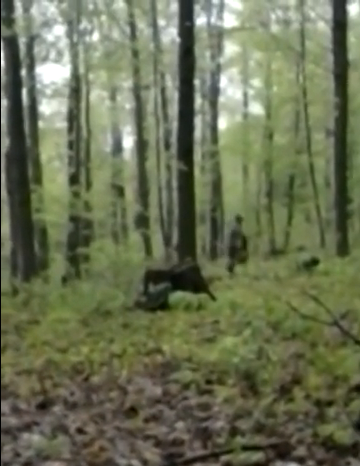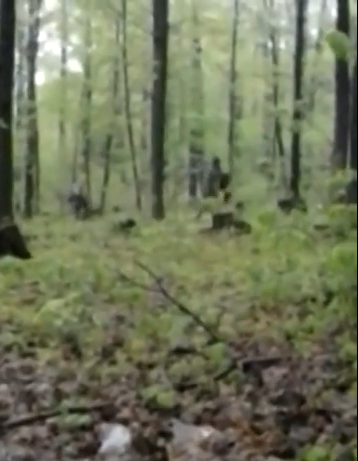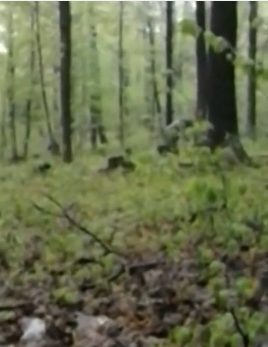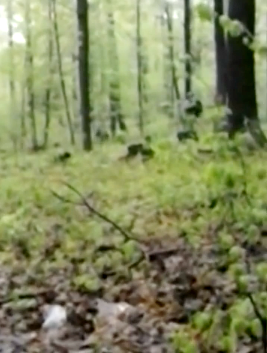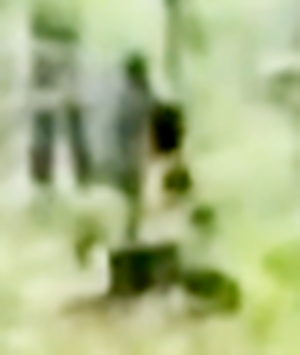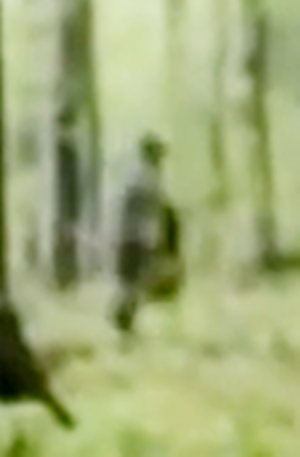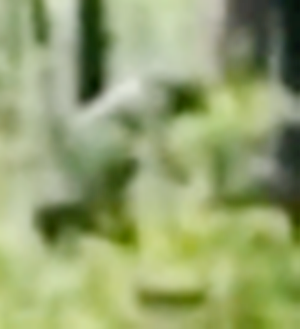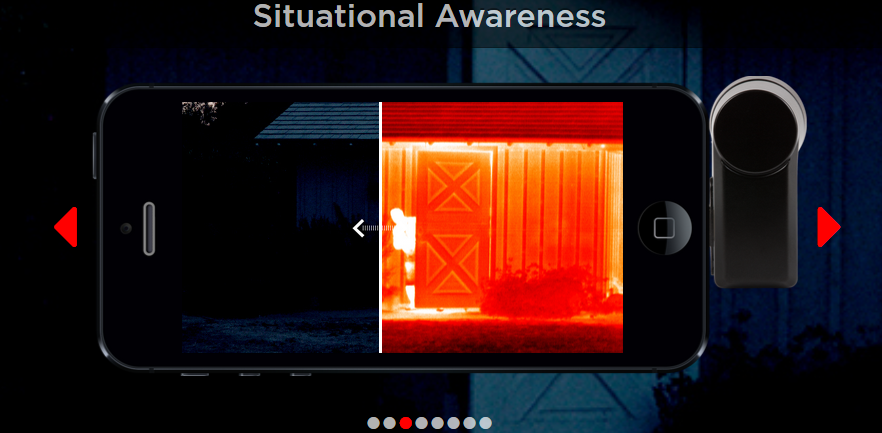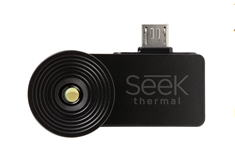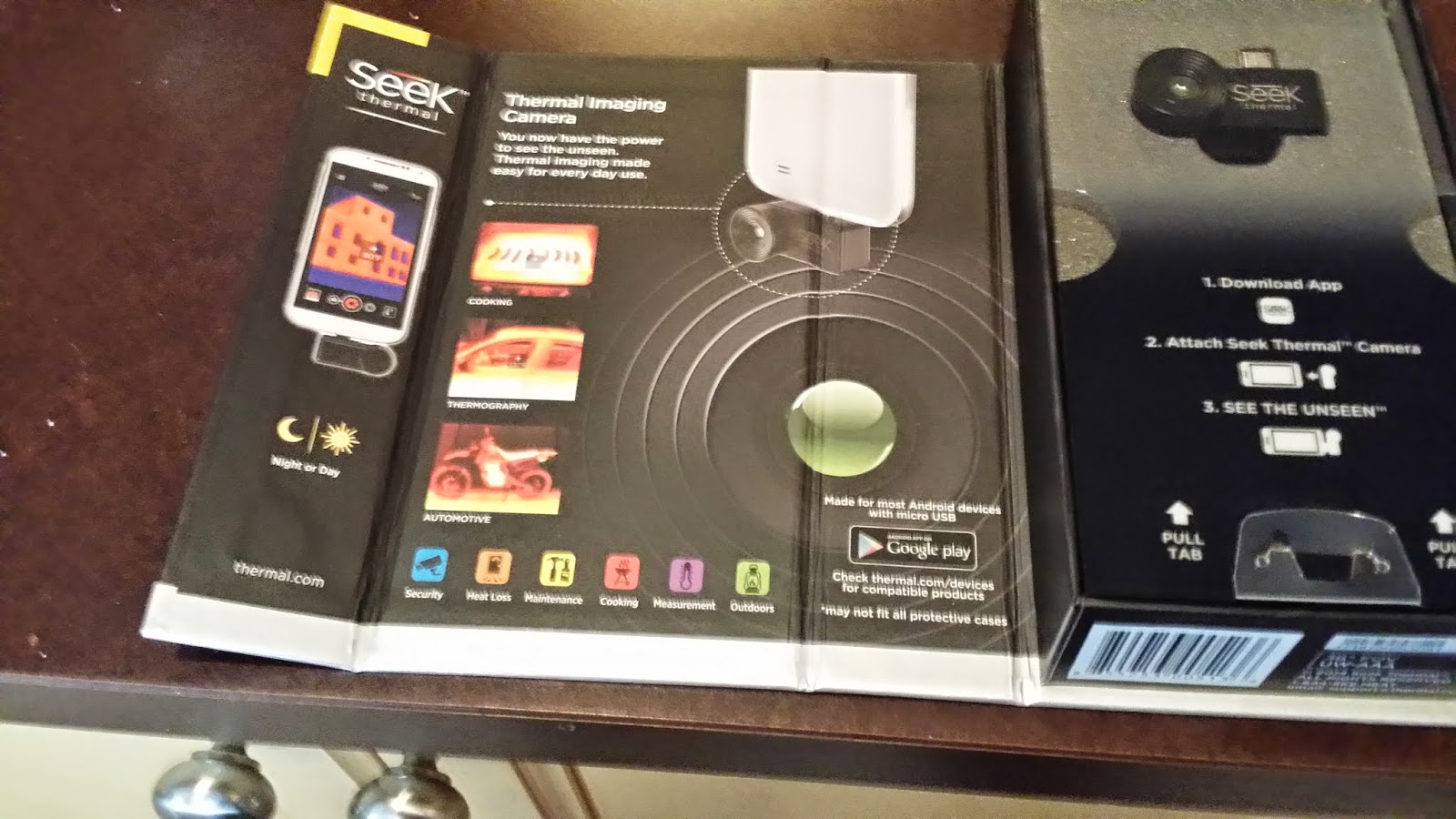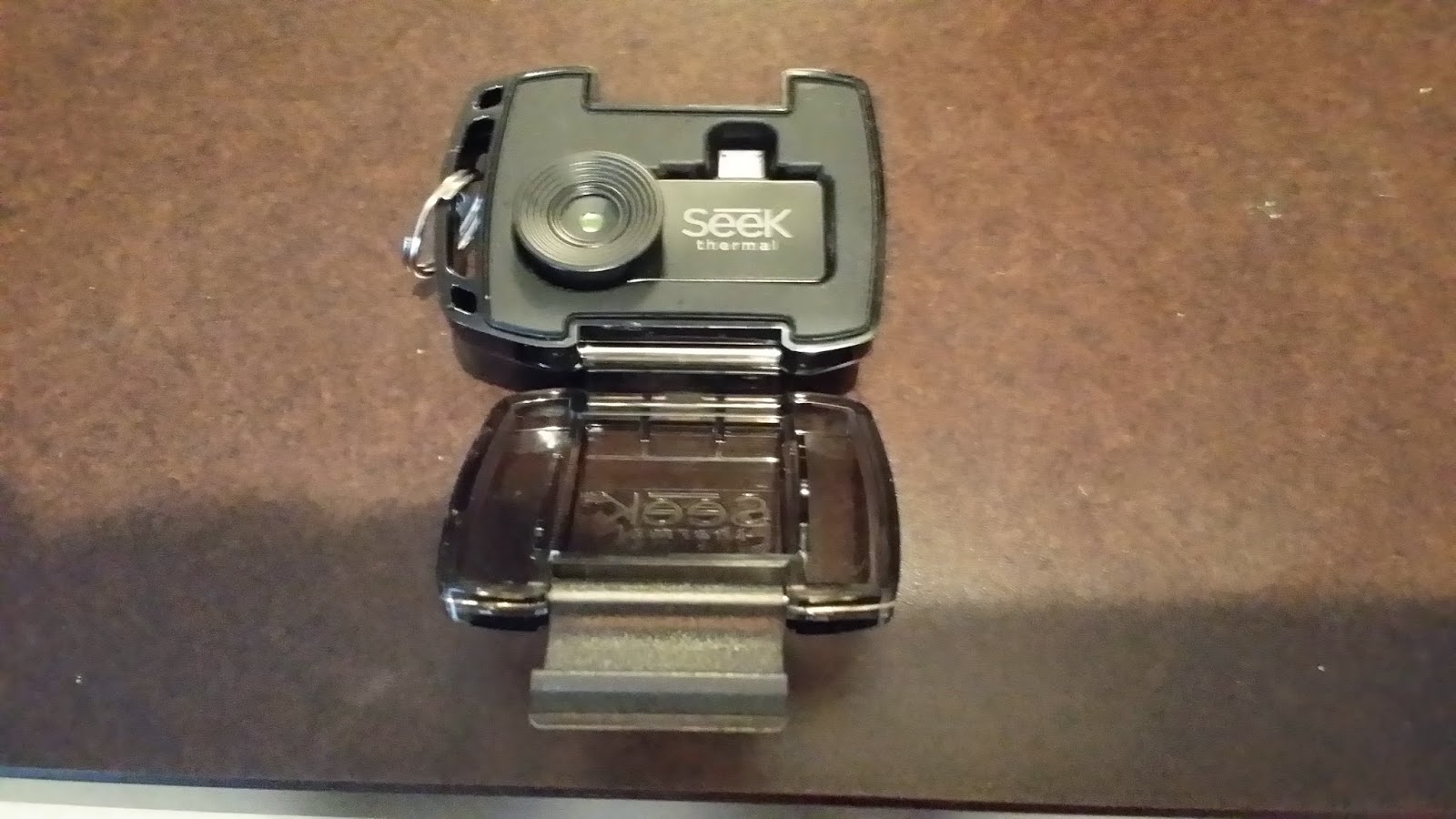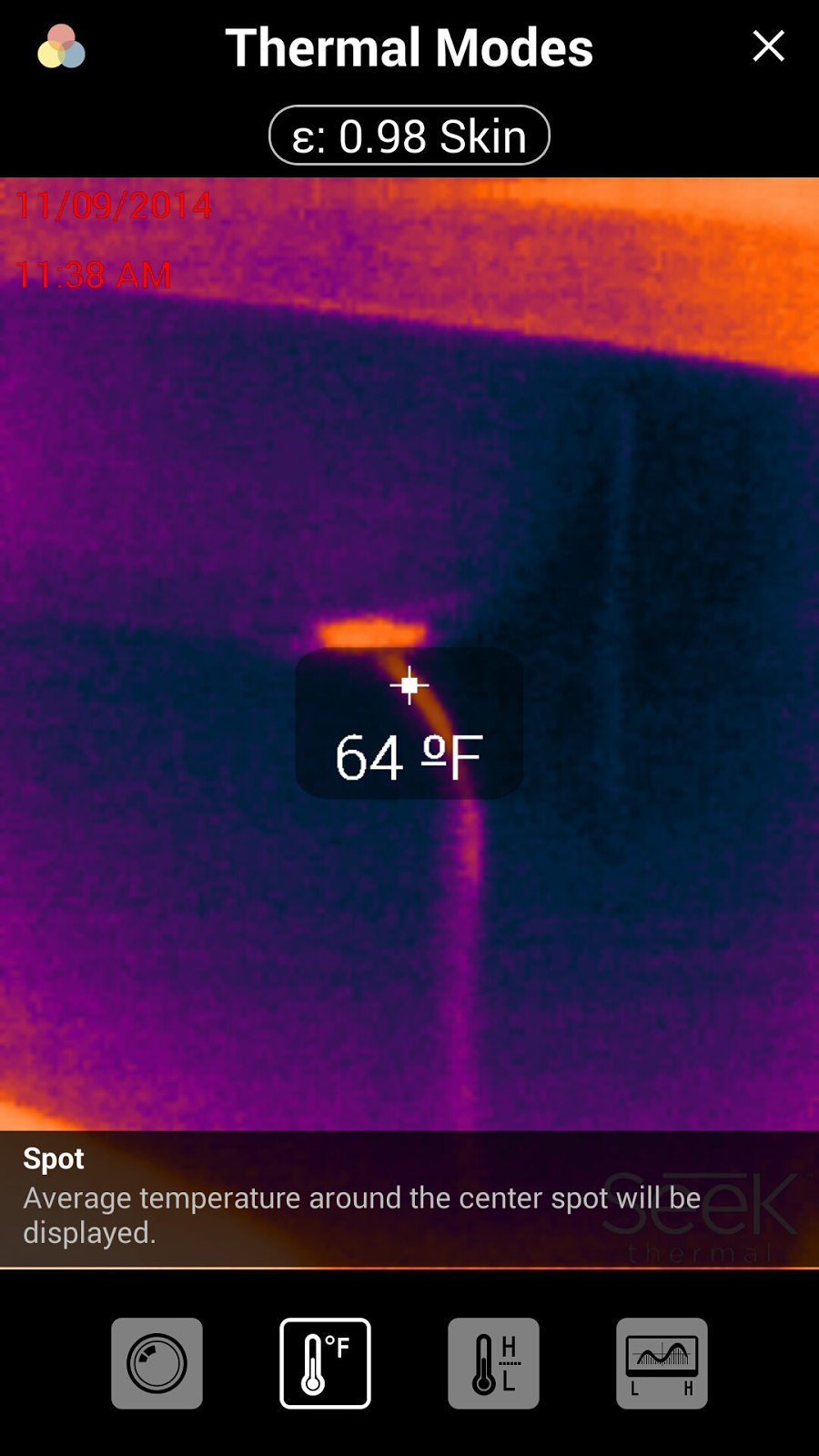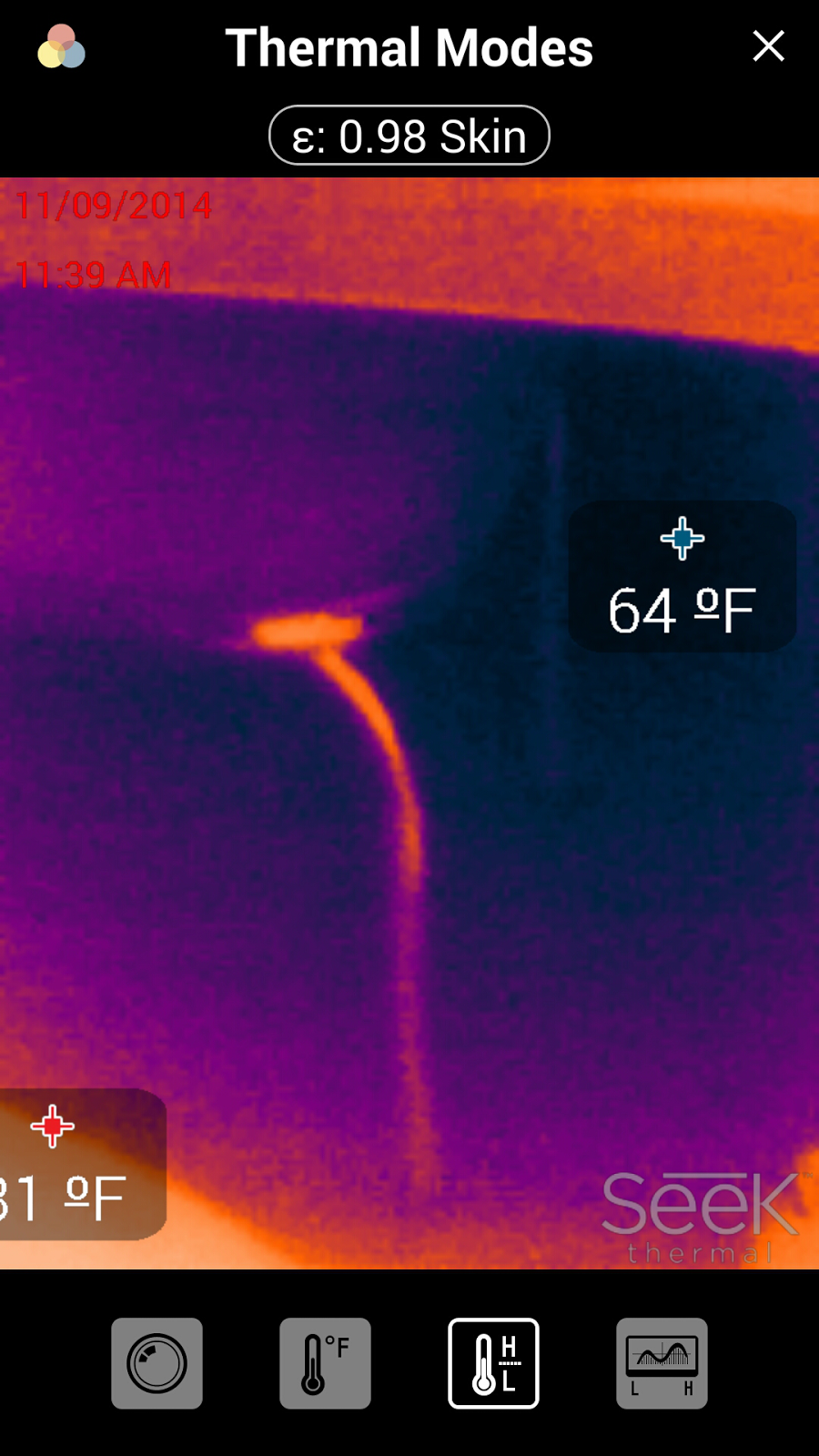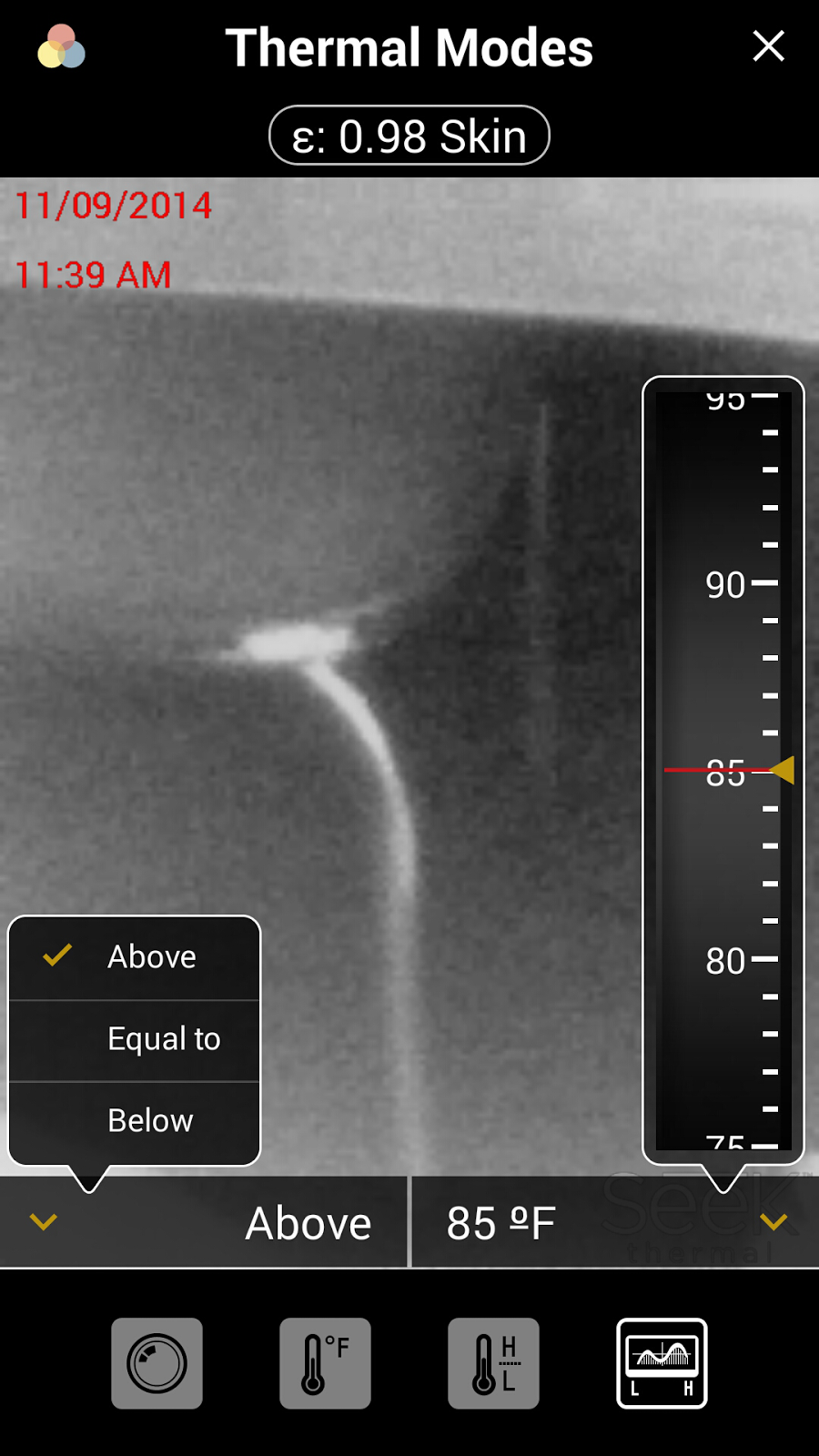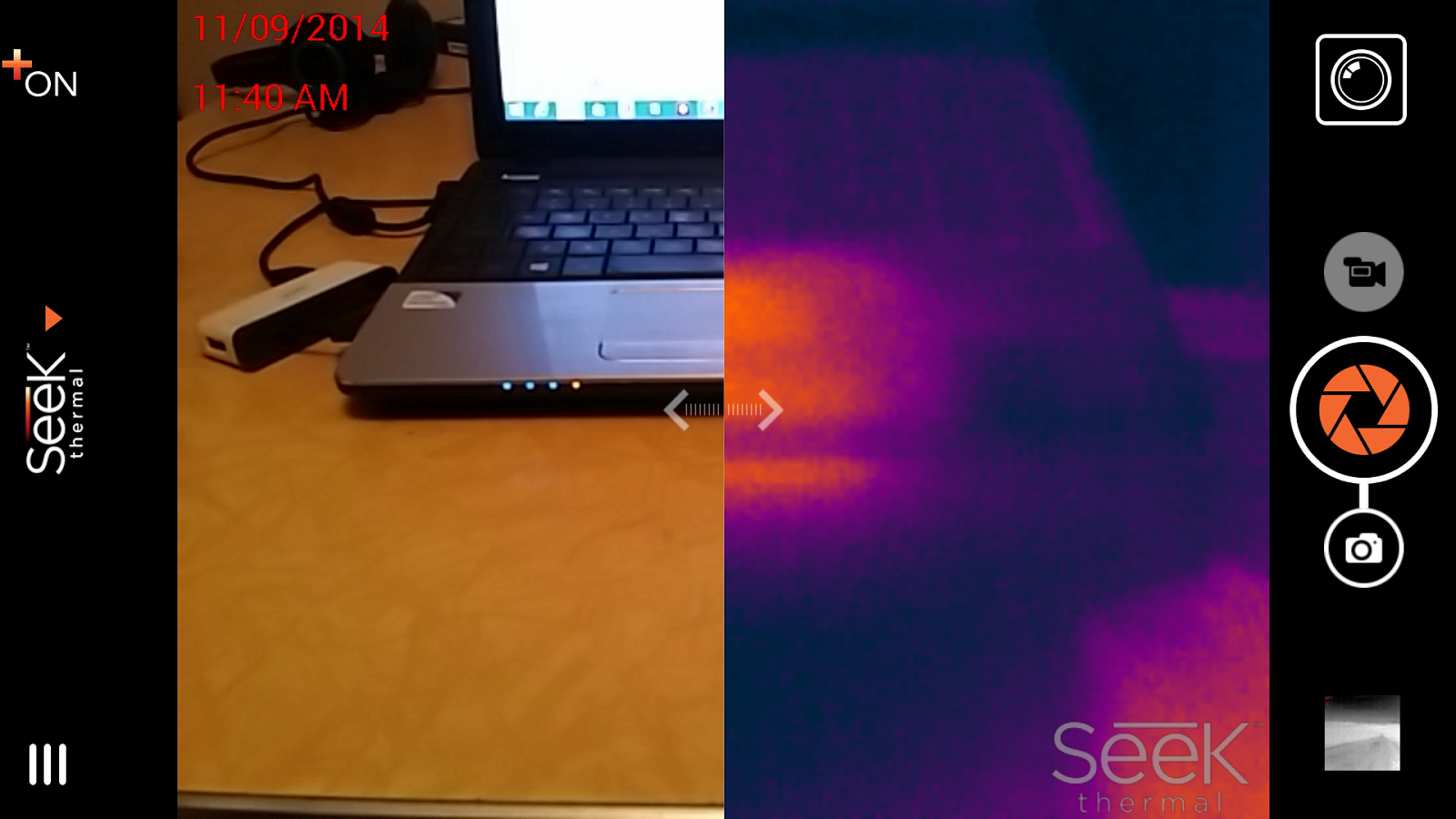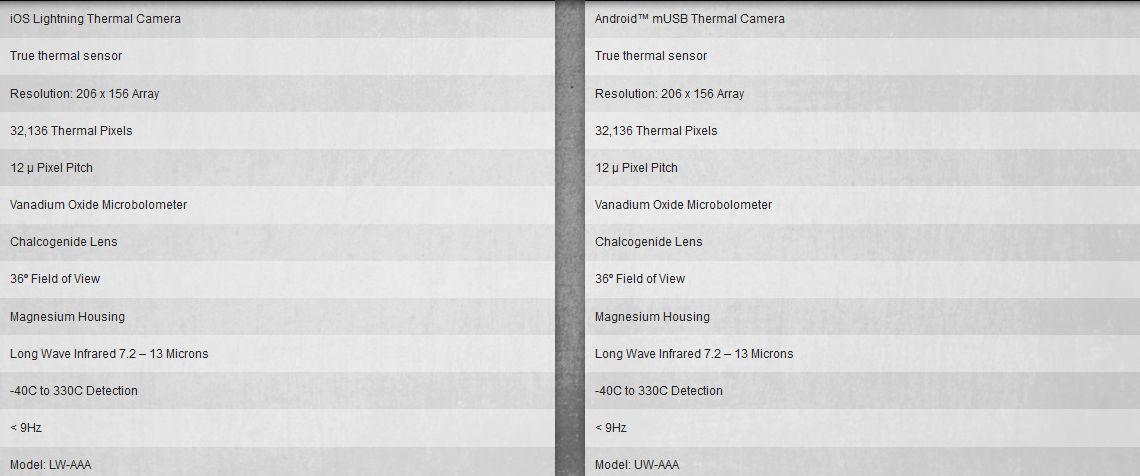The following review is based on my personal experiences with the Seek thermal camera. I am not an expert with thermal imaging devices and this is my first experience with a thermal camera.
I think it would be safe to say that any Bigfoot enthusiast would welcome a thermal camera as part of their gear. Some people in the community have access to, or own, a high end FLIR thermal camera. Many of us simply don't have the budget for such a device but now we have an alternative.
The Seek thermal camera was recently released for sale and the demand appears to be very high for this device. Seek initially had some delays but I think they are finally getting caught up on back orders. There still remain a couple of issues with the Apple version of the camera, mainly due to the app being accepted in the Apple app store. Seek assures it's iOS customers that the cameras will ship soon. I have an Android device so my wait time was only about three weeks. When the camera shipped, it only took ONE day to get to Canada.
The camera comes in a good sturdy box and shows a bit of information on the camera.
Included with the camera is a hard plastic carrying case and key ring.
Before using the camera, the Seek app needs to be downloaded from the playstore. Once the app is installed, just plug the camera in to the micro USB port. The app will prompt you to accept the device. After that, use is very straight forward.
The Seek thermal camera comes with different functions and nine colour palettes. I like pictures, so I am going to post a lot of them you so get a good idea of what the functions are.
Enabling this function will give you a fairly accurate temperature reading.
Hi/Lo displays a low temperature and high temperature. This is useful if you want to check for air leaks at home or it could aid in detecting a heat signature of an animal in the brush.
This is where you fine tune the heat detection settings. I'm still playing with this function in order to get the best images possible. You have the option of including a date/time stamp and a watermark of the Seek logo. Date and time are very important when you're out in the field, so I opted to use this.
The slide function is something I really like. This is great for day time use and you get a heat signature. You can slide back and forth to pinpoint the target. Engaging this function is done via the on/off button on the top left of this image. Unfortunately at this time the two images don't match up exactly. I'm hoping Seek can fix that issue. A new product will always need some tweaking.
Once I unboxed the camera, I started snapping photos and my dog was the target. Thankfully he was nice enough to stay still.
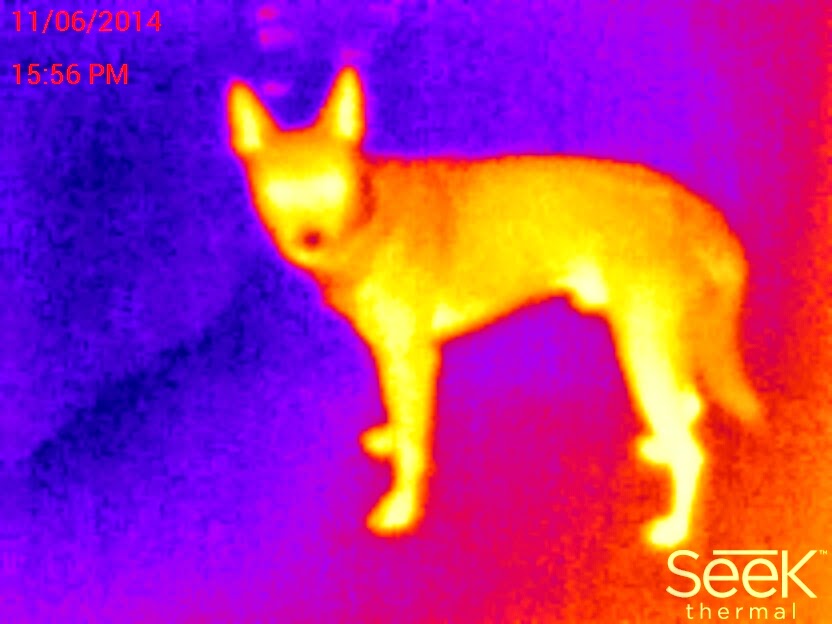 |
| "Iron" |
|
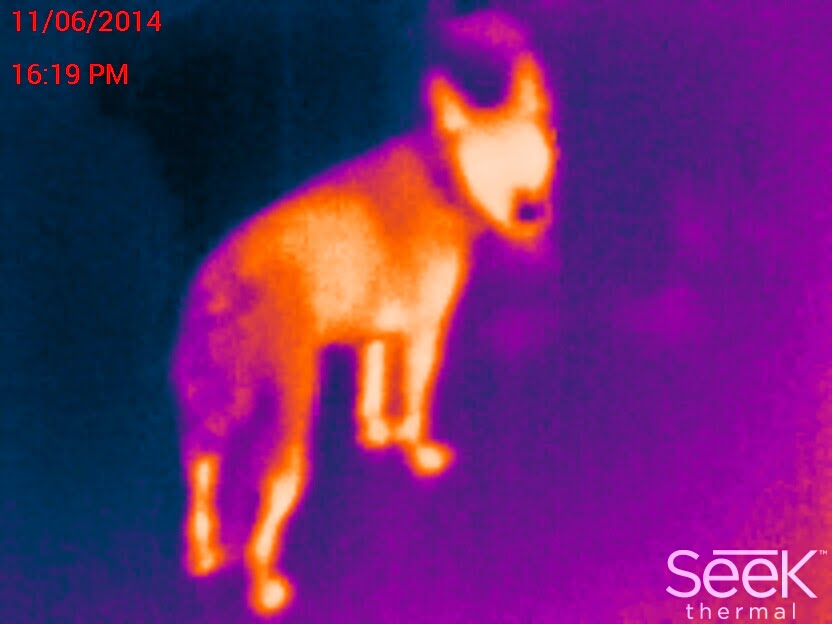 |
| "Cool" |
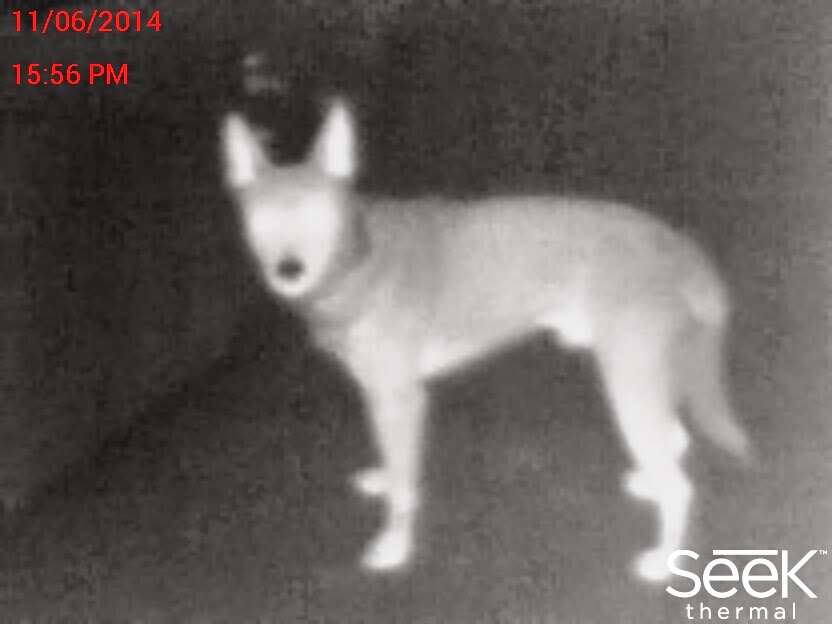 |
| "White" Subject shows in white. |
|
|
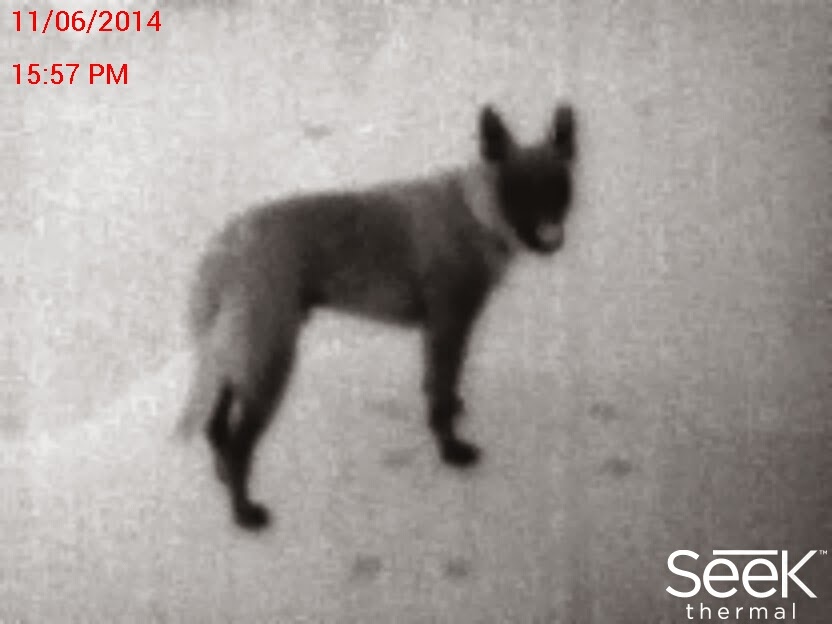 |
| "Black" Subject shows in black. |
I'll post a few short video clips showing some of the colour palettes and functions of the camera. One thing I immediately realized is that a thermal camera should not be moved around a lot, like you would with a camcorder. I realized this after the fact, so excuse the blurry videos.
The camera is great for a point and hold application.
The video above shows a herd of cattle. Finding any deer was tough due to the plethora of hunters in the area. Distance ranged from about 80 ft. for the closest animal and roughly 300 ft. or more for the furthest animal. Setting is on "White". Temperature outside was approximately 5C.
This video is from the same location with the "Black" setting used.
Once again, same location. This is the "Iron" setting from the colour palette choices. Because it was a bit cool out, I preferred the gray scale, using the "Black" setting. Personally, I found it worked better. As the day warmed up, I used the "White" setting.
This function is good for day time use. As you can see, the cattle don't appear to be a one to one scale between normal video and the thermal video. Video quality seems a bit degraded in the non-thermal side of the window. I use a Galaxy Note3 and the video quality of the phone is much better under normal use. The zoom function of my phone works while using the Seek thermal camera. The Note has a maximum zoom of 4X, so your results may vary.
Video using the Hi/Lo temperature setting. It was warming up but there was about four inches of snow on the ground. Tall grass and stumps were bare. Sunny skies with a few clouds.
Same location using the "Iron" setting.
I didn't record videos or take pictures using all of the colour palettes. These are posted just to give you a basic idea of the camera's abilities.
Overall, I am very happy with this camera. It works great around the house and I have already found a few areas of heat loss that I can address. Mechanics would probably find this to be a valuable tool during diagnostics. The camera can detect water leaks and moisture as well.
As a tool for use in Bigfooting, I would say the camera is okay. It could be helpful if you hear something close by, such as branches snapping etc. The range of the camera is said to be approximately 1,000 ft. but I have not found an animal at that distance yet.
The Seek will never replace a professional grade FLIR, and with a modest price tag of $200, I wouldn't expect it to perform on the same level as a $1,200+ camera.
It's closest competitor is the FLIR One. The FLIR has a price tag of $349 and has a resolution of 80 x 60, for a total of 4800 pixels.
"FLIR has also applied some great technology to help users get the most
out of the resolution. Multi-Spectral Dynamic Imaging, or MSX, makes use
of the second camera visible on the FLIR ONE, a visible light camera
with a resolution of 640 x 480. MSX uses the visible light image to mine
data about surface patterns and edges, then embosses this information
into the thermal image. The effect is that the somewhat low thermal
resolution is much more intelligible to the eye, giving the impression
of a much higher resolution."
Source: Ivy Tools Blog
The FLIR One is only compatible with iphone 5/5S.
Compare that to the Seek's 206 x 156 resolution and 32,136 thermal pixels.
It would be beneficial if Seek could employ similar technology like MSX to sharpen the images. Maybe this will come in firmware updates, if that's possible, or in future generations of Seek thermal cameras.
I don't ever see myself dropping a few thousand on a thermal camera, so the Seek is a perfect addition to my collection to my kit. It's a keeper and the camera performed flawlessly the entire afternoon. I didn't notice an excessive drain ion my phone battery. I used the phone on and off over the period of about three hours and I still had over 50% battery life. Under constant usage, this may change.
If you are interested in the Seek thermal camera, visit their website:
SEEK THERMAL


